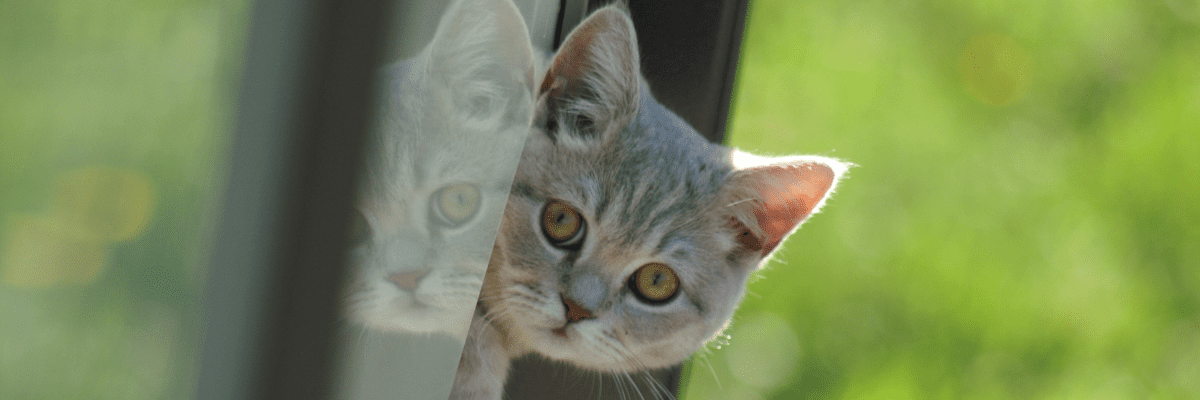Cat litter is an essential item for cat owners and has been around since the early 1900s. It is used to absorb liquids and odour from the cat’s excrement and provide a more sanitary place for the cats to use. There are different types of cat litter, each with their own unique benefits and drawbacks, such as clumping and non-clumping. In this article, we will discuss the history and definition of cat litter, look into types of litter, explore the benefits of using cat litter, and finally, provide recommendations for choosing the right cat litter for your cat.

I. Introduction
A. Definition of Cat Litter
Cat litter, also known as kitty litter or cat sand, is a material used in litter boxes to absorb liquid waste and urine, mask odours, discourage marking, and help make cleaning easier. Traditionally, cat litter was made from clay but nowadays, there are many other materials used, such as wood shavings, newspaper, grass, sawdust, and tofu.
B. History of Cat Litter
The earliest known cat litters were created in the 1930s by Edward Lowe. He wanted to create a material that could help keep cats from tracking sawdust around his factory, and he came up with the idea to use clay-based granules. Later, in 1947, a veterinarian in California patented a clumping cat litter using fuller’s earth. Eventually, cat litter became commercially available for cat owners in the 1950s, and it has been accepted ever since.
II. Types of Cat Litter
A. Clumping Cat Litter
Clumping cat litter, or clumping litter, is made from bentonite clay which has been treated with sodium bentonite. When the cat pees, the sodium bentonite absorbs the liquid and “clumps” together. Once the clump has been removed, the litter can be replaced more easily. Clumping litter is great for controlling odours, however, when it gets wet, it may become clumpy and difficult to scoop.
B. Non-Clumping Cat Litter
Non-clumping cat litter is made from materials such as wood shavings, newspaper, grass, sawdust, or tofu. They do not clump when wet, so they cannot be scooped out. However, they work well at controlling odours. Tofu cat litter is becoming increasingly popular among cat owners who want a more natural option for their cats. It is biodegradable, non-toxic, and environmentally-friendly.
III. Benefits of Using Cat Litter
A. Good for Odor Control
One of the main benefits of using cat litter is its ability to absorb liquid waste and odours. Cat litter is able to absorb the smell of ammonia from cat urine and keep the litter box smelling fresh for longer. Cat litter also helps to minimize the spread of germs and bacteria throughout the house.
B. Easy to Dispose
Cat litter is lightweight and easy to dispose of. After scooping out the solid waste, the litter can be placed in plastic bags or containers and disposed of in the trash.
C. Cost-Effective
Cat litter is generally inexpensive and cost-effective. The cost of litter will depend on the type you choose, but most cat litters are available for a reasonable price.
IV. Conclusion
A. Summary of Benefits
In conclusion, cat litter is a great product for keeping your home clean and odour free. It is easy to use, it absorbs liquid waste and odours, and it is cost-effective.
B. Recommendations for Choosing the Right Cat Litter
When choosing the right cat litter for your pet, consider the type of litter they prefer, their size and weight, whether they have allergies, and what kind of odour control you need. If you are looking for an all-natural, eco-friendly option, try tofu cat litter. It is biodegradable, non-toxic, and safe for cats.










